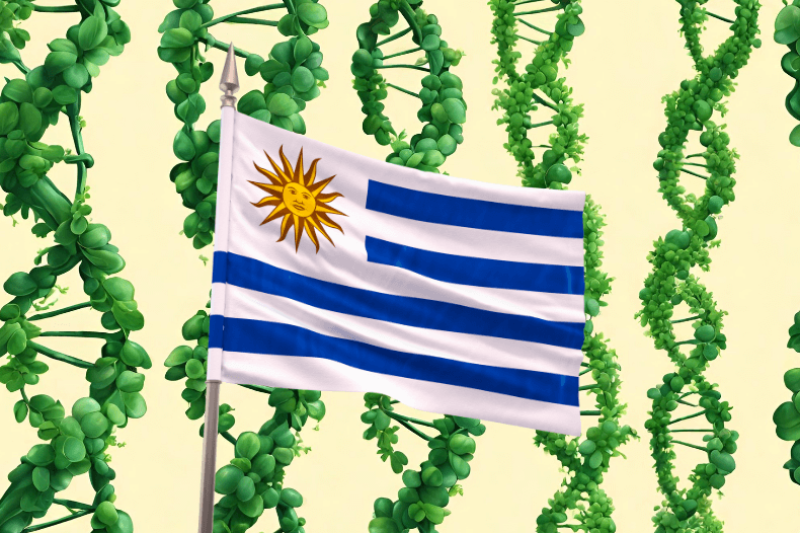The new regulations are the result of a joint effort between both ministries. There, the formation of a Technical Working Group (GTT) is established in charge of determining, in a scientific and objective manner, whether a product or organism obtained through these techniques should be considered within the regulations applicable to Genetically Modified Organisms.
Each authorization linked to the use of these new techniques will go through an analysis process, which will have equal participation of both ministries in decision-making.
Within the framework of the announcement made at the headquarters of the Ministry of Livestock, Agriculture and Fisheries (MGAP), the Minister of the Environment, Robert Bouvier, maintained that with this definition, the government “reflects the shared commitment to the promotion of innovation and sustainable development, together with our firm responsibility towards the protection and conservation of our biodiversity.
”The Ministry of the Environment (MA) will address the issue from a perspective focused on the product rather than the process. “Our approach is aimed at preventing potential adverse effects, with a special emphasis on the protection of our biodiversity,” said Bouvier, who added, “we will evaluate in detail the characteristics of each new product derived from the New Genetic Improvement Techniques, taking appropriate measures necessary to avoid any repercussions that these may generate.”
At the same time, technical and cooperation capacities have been reinforced with scientific institutions such as the National Institute of Agricultural Research (INIA), the National Seed Institute (INASE), the University of the Republic (UdelaR), the Pasteur Montevideo Institute, and the Technological Laboratory of Uruguay. (LATU) and the Clemente Estable Biological Research Institute (IIBCE).

The Technical Working Group (GTT) will be made up of experts in molecular characterization who may come from the MGAP, the MA, as well as other organizations or institutions with expertise: National Institute of Agricultural Research (INIA), National Seed Institute (INASE), University of the Republic (UdelaR), Pasteur Montevideo Institute (IP-Montevideo), Technological Laboratory of Uruguay (LATU) and Clemente Estable Biological Research Institute (IIBCE).
For his part, the Minister of Livestock, Agriculture and Fisheries, Fernando Mattos, referred to the new regulations as “a milestone for this administration in what genetic improvement means in agricultural production.” He added, “with this step an enormous range of possibilities opens up for the country. We have the challenge of maintaining food security (…). The requirement for nutritional quality foods with current production parameters is very difficult to meet. We must guarantee quality and quantity of food that is aligned with caring for the environment and sustainability.
”The directors, Gerardo Evia, from the National Directorate of Biodiversity and Ecosystem Services (Dinabise) of the MA; and Virginia Guardia, from the General Directorate of Biosafety and Food Safety (Digebia) of the MGAP; as the main leading executing units of the Technical Working Group, they participated in the conference and the announcement of the new regulations and the administrative and technical procedure involved in the analysis.
[Editor’s note: This article has been translated from Spanish and edited for clarity.]































